Opinion: Subaru is Doing Everything Just About Right

Tim asked the other day if I might work up an opinion piece on the current state of Subaru. “Sure,” I said, and immediately felt salty. In mind were many criticisms on how the smallish automaker is doing things currently. After that initial salty reaction, I got to thinking about Subaru’s current offerings and recent trajectory more critically. And I realized they’re doing most everything just as they should.
I can hear the criticisms emanating from fingertips right now as replies are prepared for the comments. The company lost the quirky nature it once had, it relies almost completely on CVTs to motivate its vehicles forward, they’re just making crossovers for normies, boring appliances, etc. How am I doing so far?
Those are the sort of criticisms I’d gathered in my initial brain scan about Subaru. But those are precisely the things they’re doing correctly, and have done for the past decade. It’s true that with offerings like the GL sedan/wagon and the XT in the Eighties, Subaru made weird design and engineering decisions. They were the offbeat, go-anywhere brand for people who didn’t want an AMC Eagle or a Jeep, or couldn’t afford a Volvo wagon. Their touring coupe XT was all over the place, complicated and expensive, and they didn’t really know who to market it to. Its successor, the SVX, was a stylish Giugiaro-designed automatic transmission sports coupe with crazy side windows that was slow and heavy, but priced like a twin-turbo 300ZX. So nobody bought it either. Around the 2009 period, Subaru pretty much quit producing weird things altogether. The Baja truck of 2006 was one of the last examples of Subaru off-the-wall stuff.
They added a three-row to the lineup in 2006, getting in on the larger crossover game with the B9 Tribeca. It didn’t really sell, but Subaru was making moves toward a crossover-centric brand. Circa 2009 the company began the switch to CVTs in place of traditional automatic transmissions. They started offering fewer things with manuals, and taking fewer risks. Of course with these “normalization” type changes their sales took right off, as evidenced by the chart below from Good Car Bad Car.
The brand was losing sales every year from 2006 through 2009. 2010 was the year of the redesigned Outback and Legacy (their volume models) with a CVT in tow and more crossover-y styling for the Outback in particular. A year earlier, the Forester adopted a more crossover-like shape and lost its boxy wagon look of the first two generations. It too switched to CVT in 2012. Crossover offerings expanded in 2017 with the addition of the Impreza-based Crosstrek XV, a competitor in the compact crossover segment. Journalists noticed the changes, but so did the average consumer. As the company headed toward the mainstream US sales have increased year over year, save for the mess which was 2020. The first competitive three-row CUV Subaru introduced, the Ascent, is selling like hotcakes.
There are still enthusiast corners at Subaru in the WRX, BRZ, and to a lesser extent, the XT performance trims. Those former two cars don’t really need much marketing effort. The WRX is the answer to a singular question for its faithful buyers; there’s no other option. There’s even a new one coming later this year (well overdue). The Toyota-Subaru jointly developed BRZ sports car is there for customers who prefer a Subaru badge over a Toyota one. That’s a new model too, and it enters production later this year. Subaru is showing commitment to its enthusiast models.
But the enthusiast niche is not their primary target and Subaru knows it. Their marketing is geared toward families: safety, driver assistance, all-wheel-drive security, dogs, camping. All the things crossover buyers envision doing with their cars but seldom do. Having said that, I’d bet good money that Subaru owners use their cars for more crossover activities than buyers at other brands. To that end, Subaru has expanded into a Wilderness trim line, which butches up the Outback (so far) in an attempt to capture the off-road enthusiast. The sort of Jeep or Bronco-Esque buyer who takes it a step past camping at the bottom of the hill. We’ll see how that goes. As an aside, the Wilderness trim is a bit much for yours truly, and reads “try hard.” But like you (probably), these cars are Not For Me. They’re for other people.
Think of it this way: In 2006 VW sold about 223,000 cars in the US, Mazda shifted 268,000, and Subaru sold 259,000. In 2019 (the most recent complete, normal year) VW moved 363,000, Mazda sold 279,000, and Subaru managed 700,000. That’s a 170 percent increase in 14 years, the calculator tells me. Subaru is right where they need to be.
[Images: Corey Lewis, Matthew Guy / TTAC, Good Car Bad Car]

Interested in lots of cars and their various historical contexts. Started writing articles for TTAC in late 2016, when my first posts were QOTDs. From there I started a few new series like Rare Rides, Buy/Drive/Burn, Abandoned History, and most recently Rare Rides Icons. Operating from a home base in Cincinnati, Ohio, a relative auto journalist dead zone. Many of my articles are prompted by something I'll see on social media that sparks my interest and causes me to research. Finding articles and information from the early days of the internet and beyond that covers the little details lost to time: trim packages, color and wheel choices, interior fabrics. Beyond those, I'm fascinated by automotive industry experiments, both failures and successes. Lately I've taken an interest in AI, and generating "what if" type images for car models long dead. Reincarnating a modern Toyota Paseo, Lincoln Mark IX, or Isuzu Trooper through a text prompt is fun. Fun to post them on Twitter too, and watch people overreact. To that end, the social media I use most is Twitter, @CoreyLewis86. I also contribute pieces for Forbes Wheels and Forbes Home.
More by Corey Lewis
Latest Car Reviews
Read moreLatest Product Reviews
Read moreRecent Comments
- Buickman I was called crazy after predicting the sale of GMAC.#canthurtme
- 3-On-The-Tree Another observation during my time as a firefighter EMT was that seatbelts and helmets do save lives and reduce injury. And its always the other person getting hurt.
- 3-On-The-Tree Jeff, Matt Posky, When my bike came out in 1999 it was the fastest production motorcycle in the world, 150 HP 197 top speed, 9.57 quarter mile Hayabusa peregrine falcon etc. This led to controversy and calls for high-speed motorcycles to be banned in order to avoid increasingly fast bikes from driving on public roads. This led to a mutual decision nicknamed the “ gentleman’s agreement” to limit bikes to 186mph, ending the production bike speed contest for all bikes 2000 and upward. Honestly once your over a buck 20 it’s all a blur. Most super cars can do over or close to 200mpg, I know at least on paper my 09 C6 corvette LS3 tops out at 190mph.
- 3-On-The-Tree In my life before the military I was a firefighter EMT and for the majority of the car accidents that we responded to ALCOHOL and drugs was the main factor. All the suggested limitations from everyone above don’t matter if there is a drunken/high fool behind the wheel. Again personal responsibility.
- Wjtinfwb NONE. Vehicle tech is not the issue. What is the issue is we give a drivers license to any moron who can fog a mirror. Then don't even enforce that requirement or the requirement to have auto insurance is you have a car. The only tech I could get behind is to override the lighting controls so that headlights and taillights automatically come on at dusk and in sync with wipers. I see way too many cars after dark without headlights, likely due to the automatic control being overridden and turned to "Off". The current trend of digital or electro-luminescent dashboards exacerbates this as the dash is illuminated, fooling a driver into thinking the headlights are on.




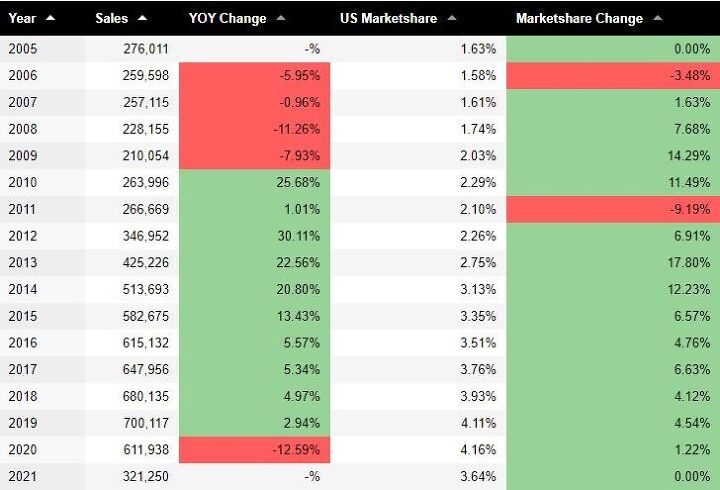

















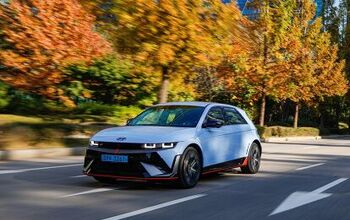
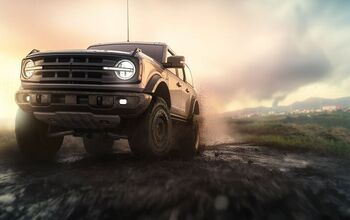
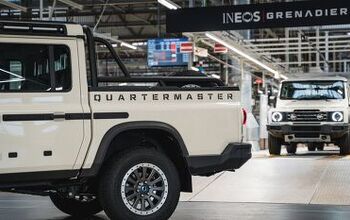


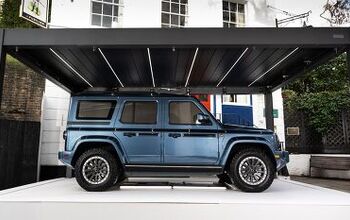
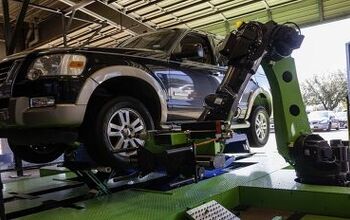

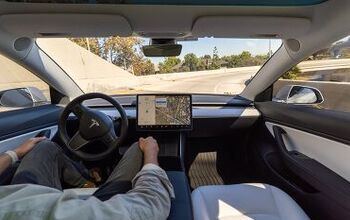
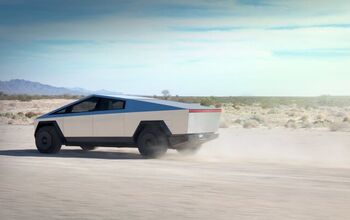
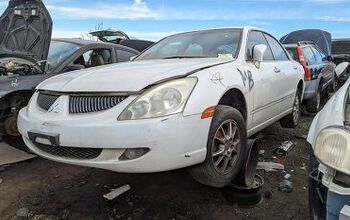
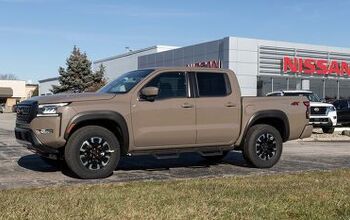
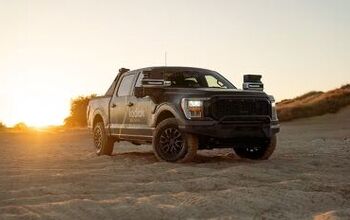
Comments
Join the conversation
I would love to purchase a Subaru; however, their design is less like an SUV and nothing more than Station wagons that my father owned when I was a child, over 55 years ago. Hopefully, one day, they will design something more truck/car like, something more muscular. If they would take a clue from the BMW X6 or even the 2017 Mercedes GLA, which I had leased, that would push others who feel as I do, into their showrooms.
I left TTAC because of irresponsible articles like this. I came back to take a peak and this was what I found. What's the point? You have here some amateur on a car site that doesn't rank on any Google hits trying to pontificate about national public health policy. You can just go to r/cars and actually talk about cars with better educated people without the angsty male boomer vibe.